I am going to make a strong statement: I do not allow my Kindergarten students to sing the first six weeks of school. Yep. There I said it. I keep my Kindergarten students quiet. No singing for you! Forty minutes of silence. Can you imagine doing that in your own music room?
I know what you are thinking…WHY??? Why would you do that to little kids who were made to talk, love to sing, wired to communicate and probably do so without ever stopping to even take a breath. I know, I have a 4 year old. He. Never. Stops. Talking. Ever. And therein lays the answer.
I can’t tell you how many times I sing a song for my Kindergarten students and the minute I begin to sing, they begin to split-second imitate me. You know what I’m talking about music teachers. You could have written the song the night before and the kids are like, “We learned this one in preschool!” And for the most part, the singing isn’t really singing. It’s more like loud, directional speaking, but it’s not singing. So I stopped letting them sing…for a while.
I know what you’re thinking. What do you do for 40 minutes with 5 year olds? The question is what don’t we do? We learn procedures and expectations. We learn how to sit in music (and how not to sit in music). We learn how to listen. We learn how to think music and we name it audiation. We learn how to move with flow (through music) before we learn how to move to a beat. We discover all the different body parts we can move and label them. We learn how to walk, skip, gallop, jump, leap, hop, march, crawl, rock and roll WITHOUT touching someone else. We learn what singing sounds like, what chanting sounds like, and how they are different. We begin to develop a vocabulary of musical sounds for which we will use to build our musical foundation when we do sing.
And when we do begin to sing, we start small. We play musical games that help us discover the resting tone. We sing tonal patterns. Lots and lots of tonal patterns. We hear lots of songs, but our job isn’t to learn songs. Our job is to hear the context (tonality) of those songs, some of which we will learn simply because we’ve heard them so much. Our job is to begin to think critically about the music we are hearing. Our job is to draw comparisons to what we are hearing and what we are doing – which are always two very different things. Our job is to embark on that musical journey of teaching ourselves. Music making is not a passive activity. The end goal is to create musical beings who sing, chant, create, improvise, compose, listen, and enjoy music with meaning and understanding. And none of that can happen when kids split-second imitate. So I keep my kindergarteners quiet to help create the musical building blocks they need to become those amazing musical beings.
Disclaimer: my students are always engaged in the music learning during that “quiet” time. My students always have a job. Here’s what I say to my students: “My job is to sing and your job is to … (listen, move, audiate, identify, etc…)” And it’s not a perfect process, but learning to listen never is. When a child or class sings, I stop and simply repeat my directions. And soon, my students get it. It works. I promise. I’ve been doing this for the past 10 years. Try it! What do you have to lose?



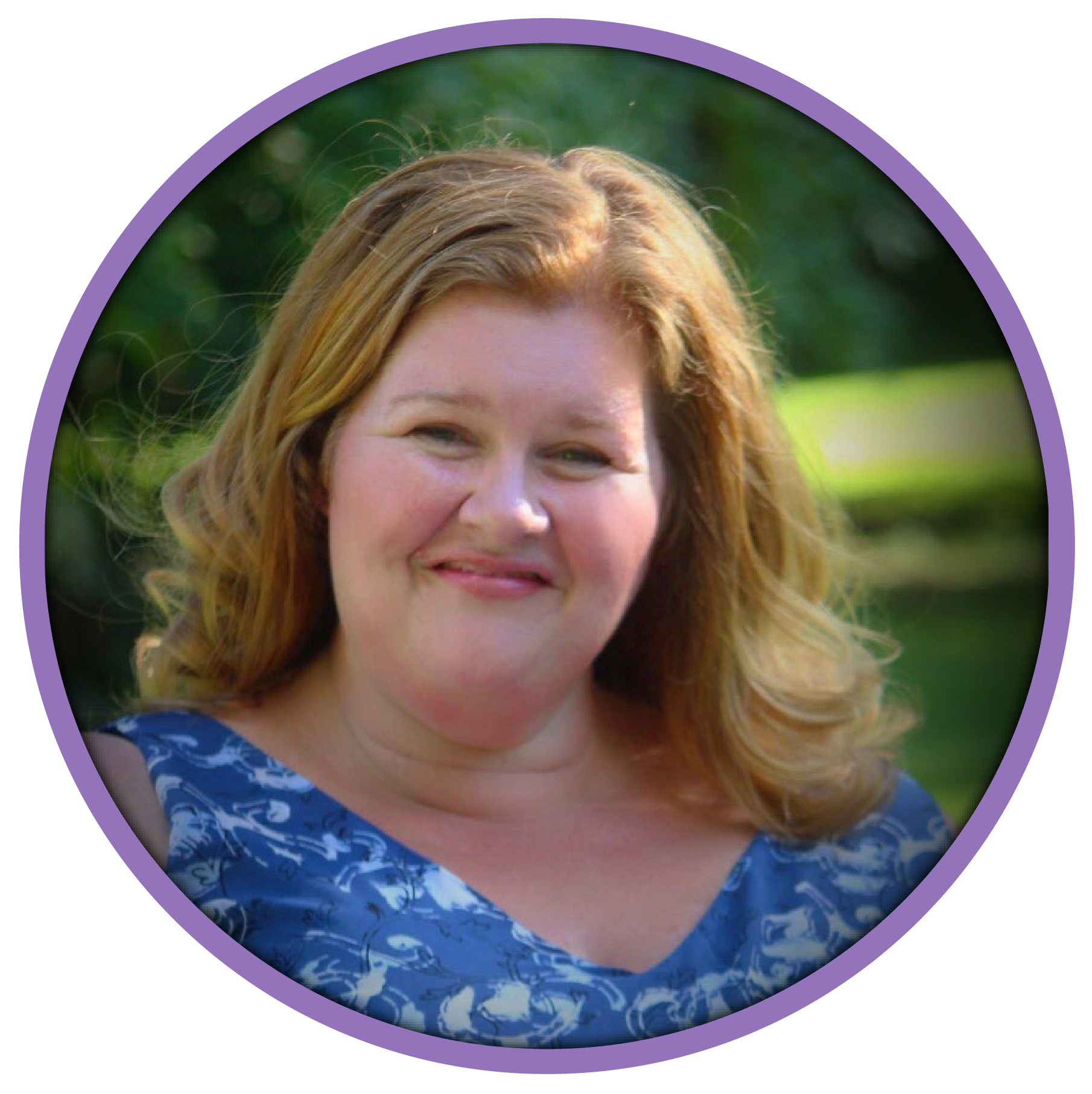
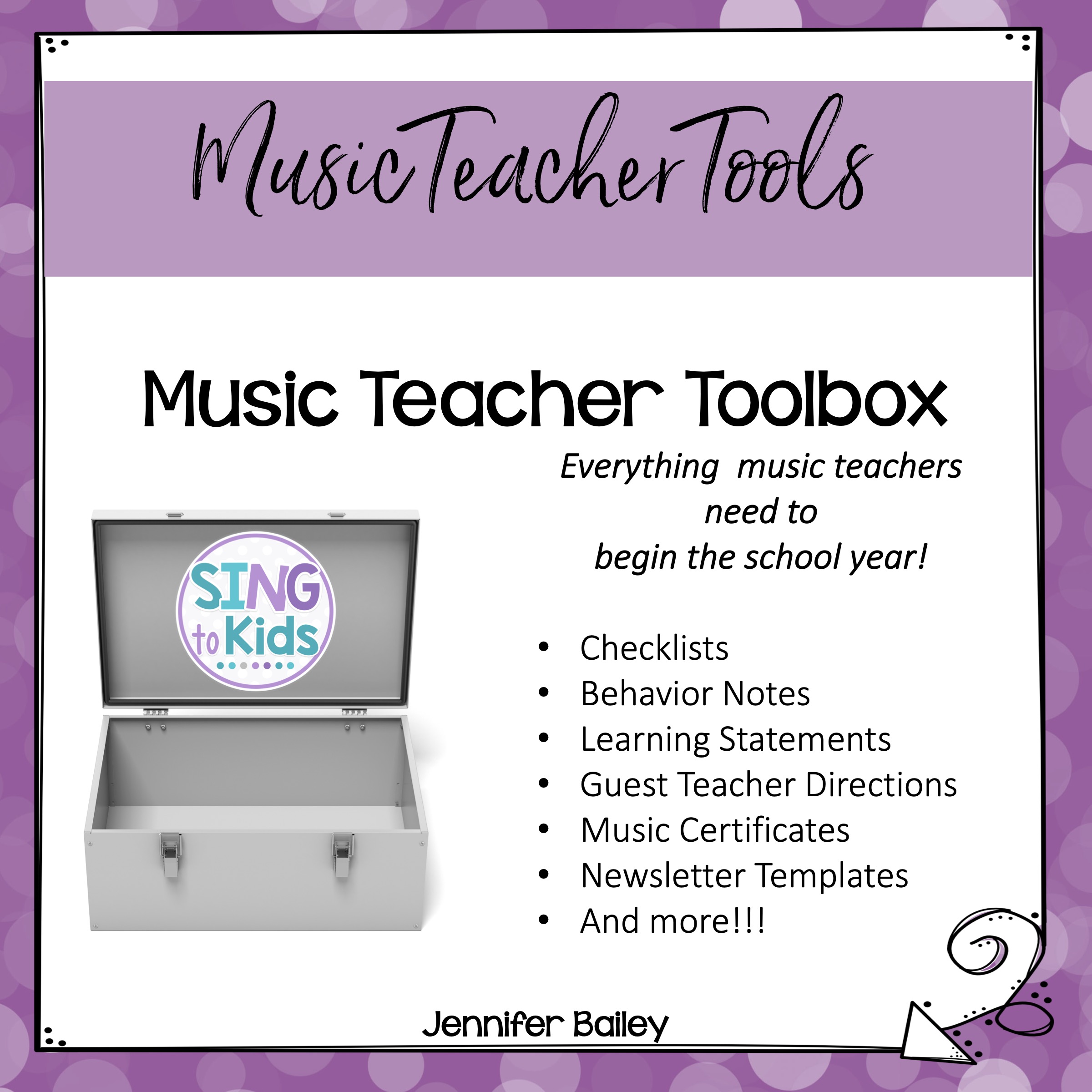

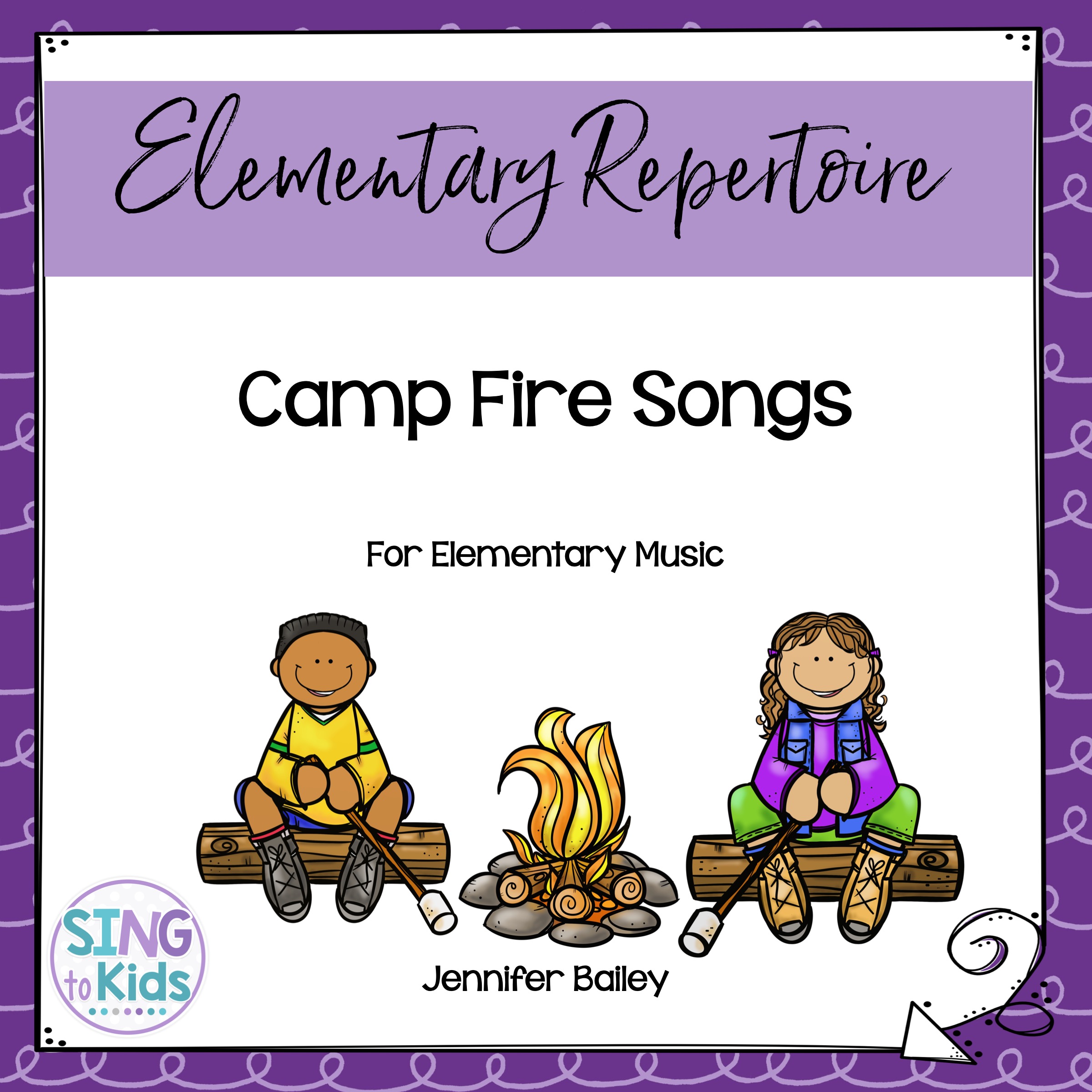
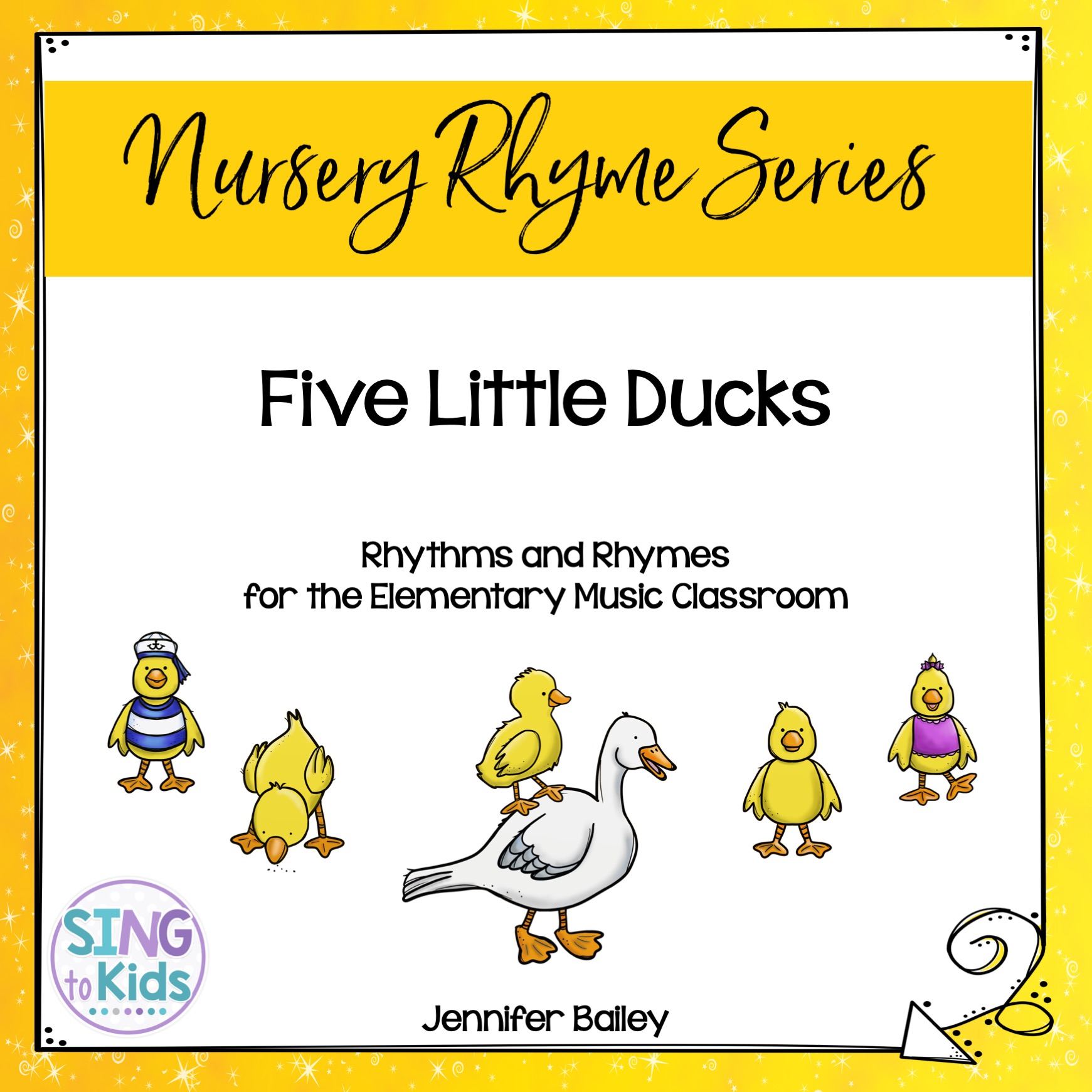
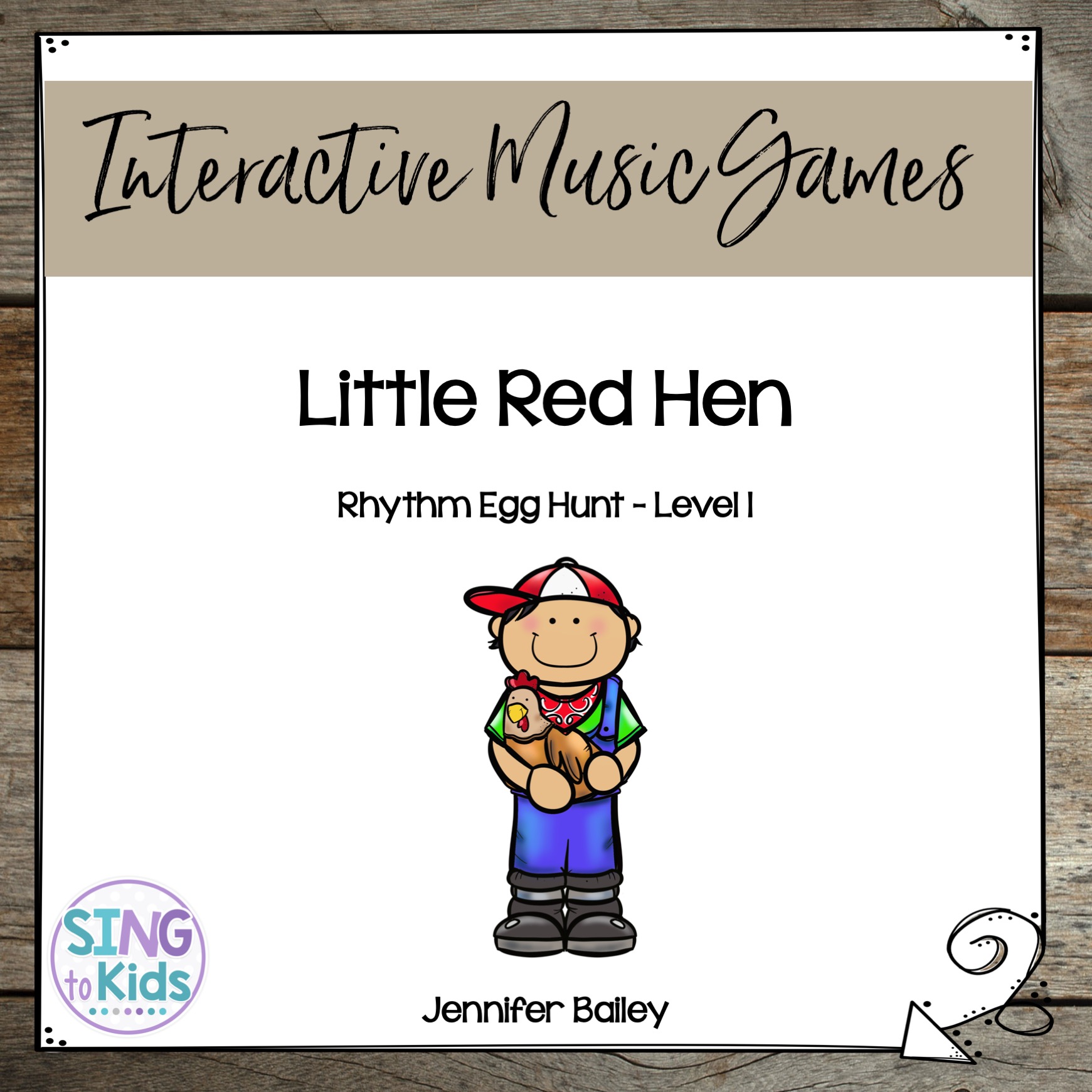
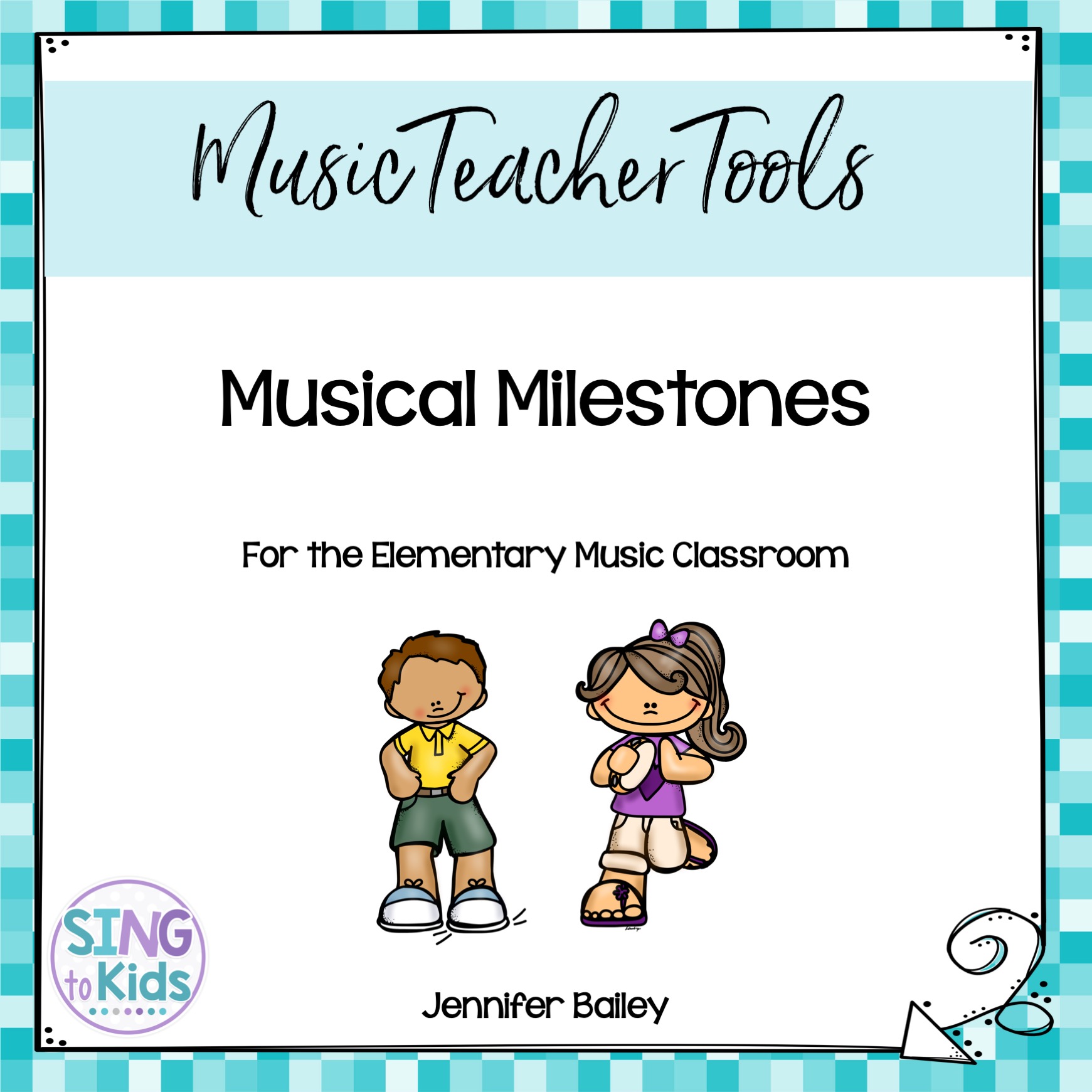
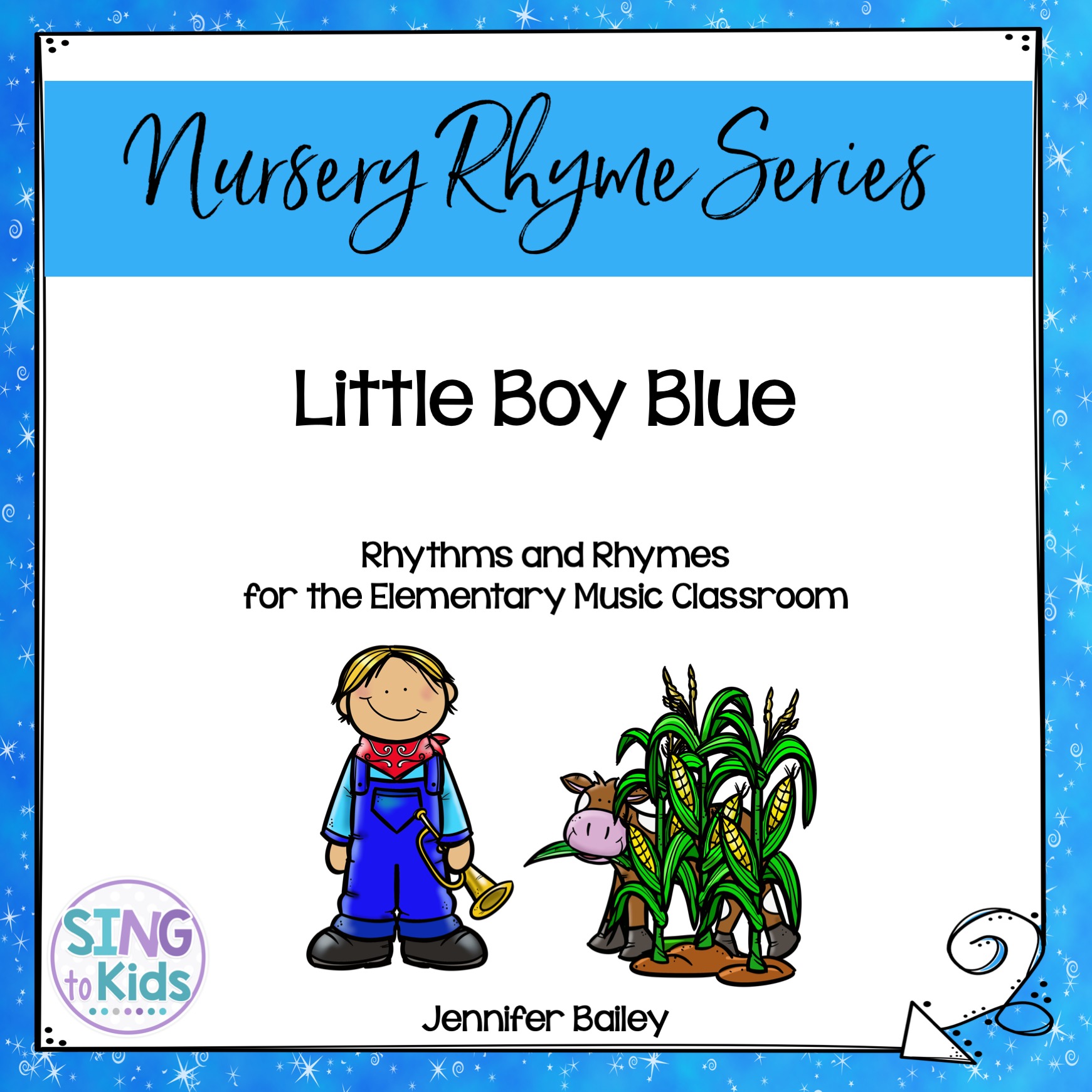
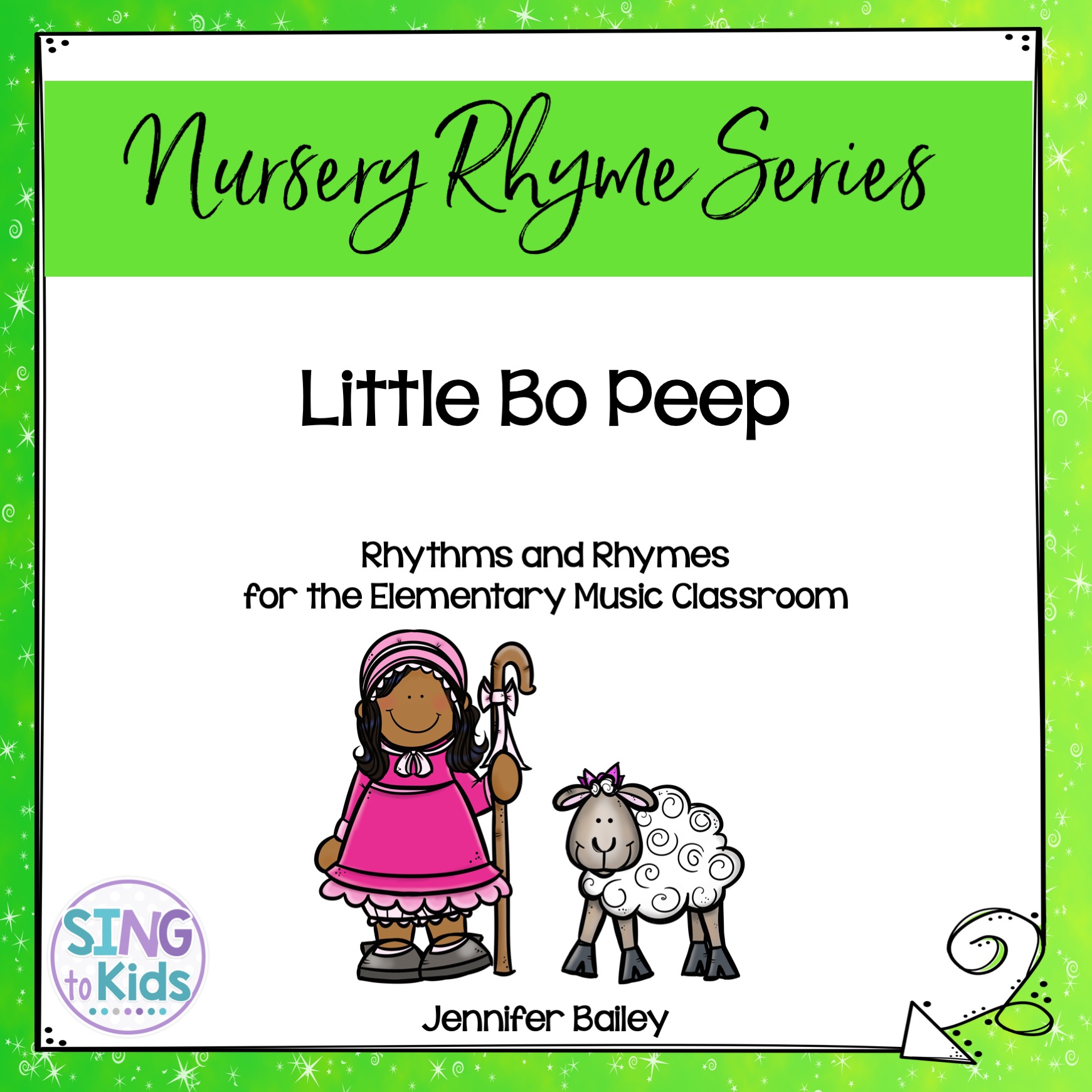
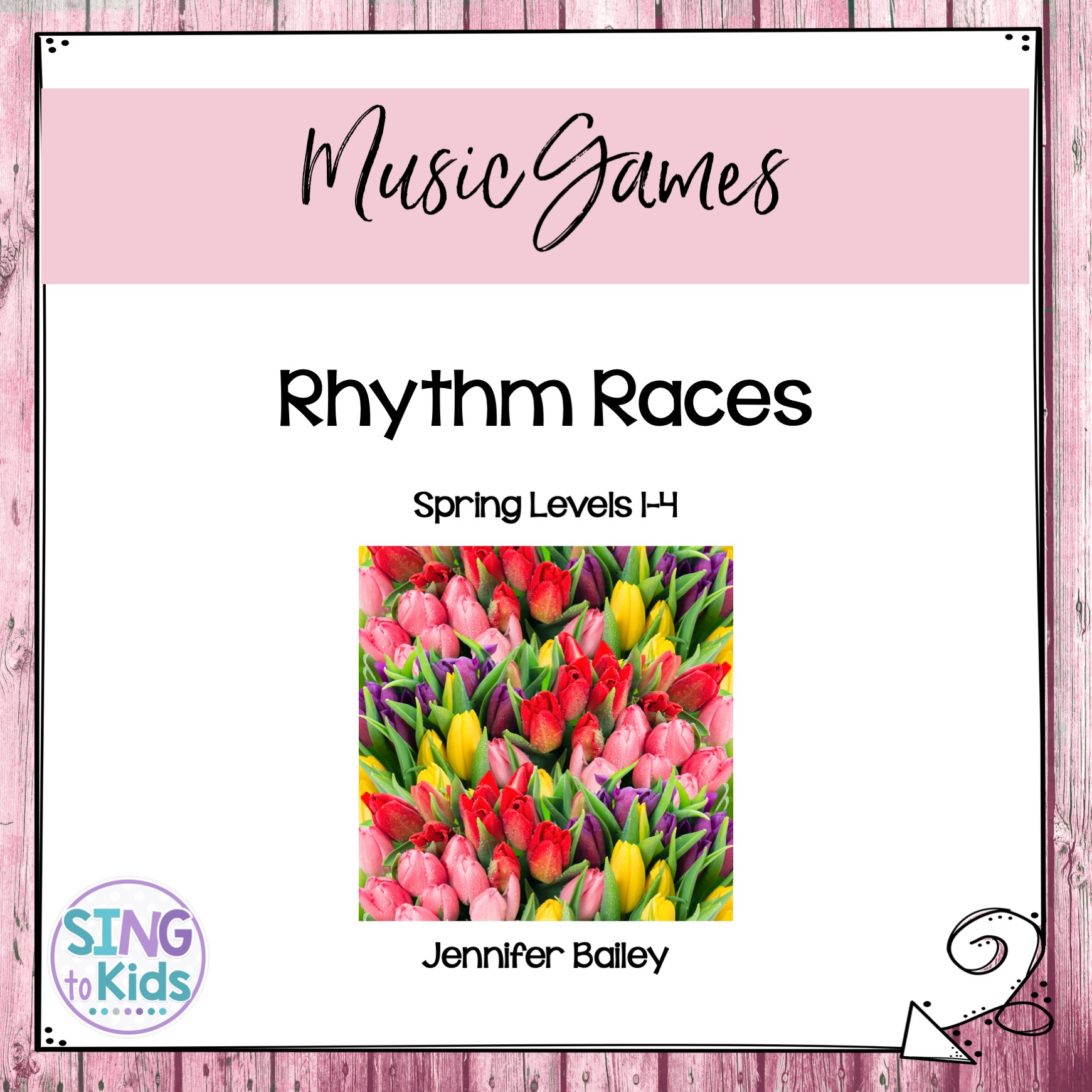
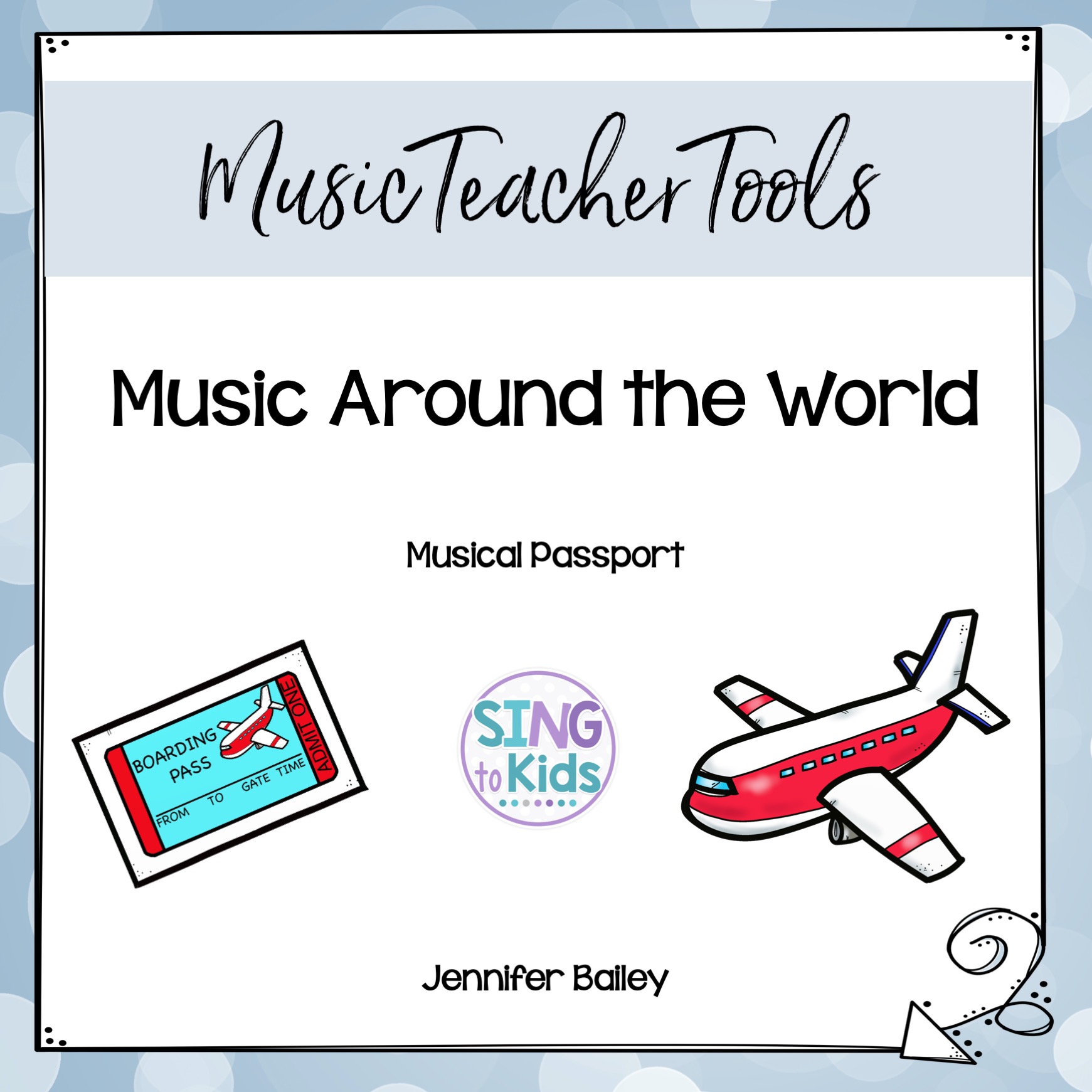
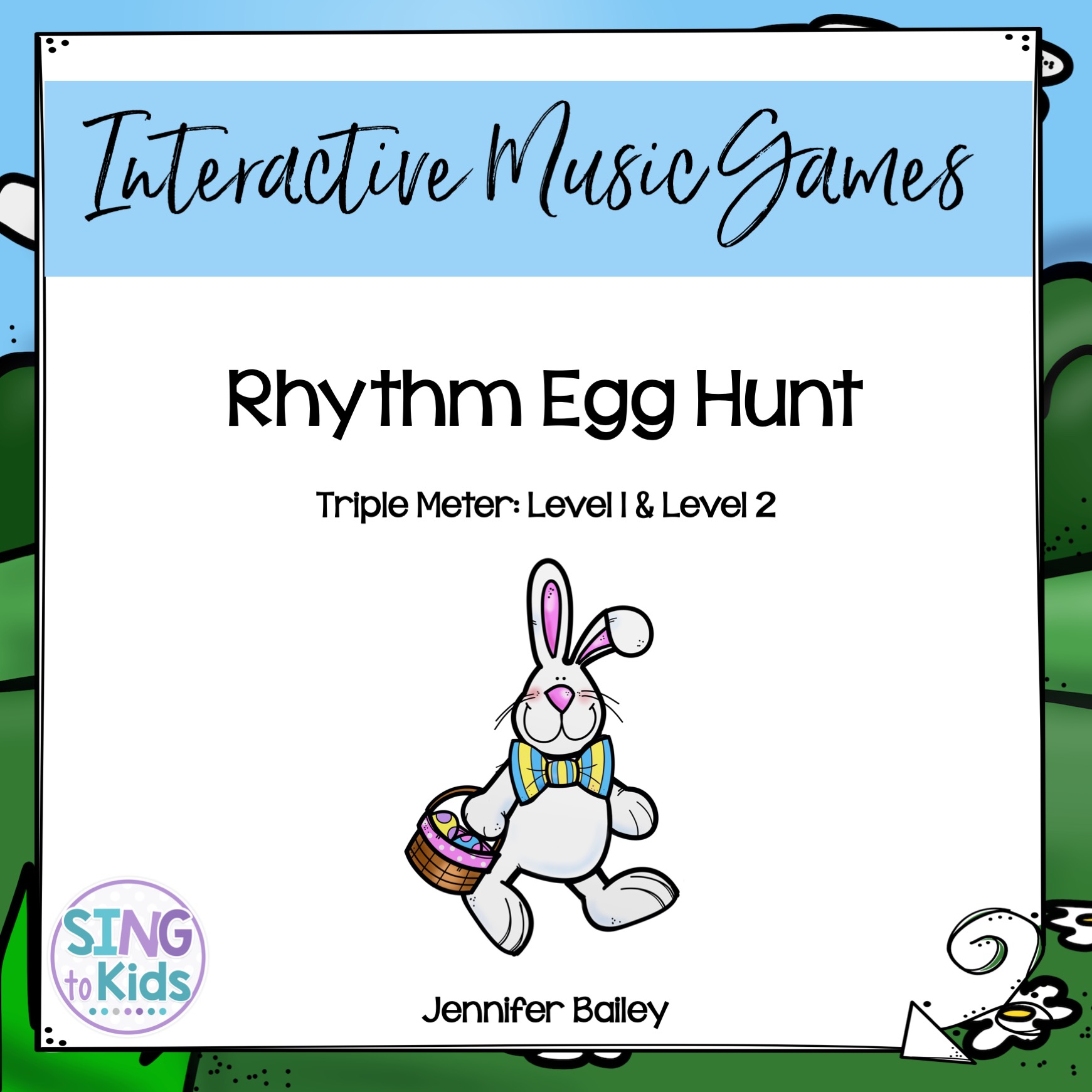
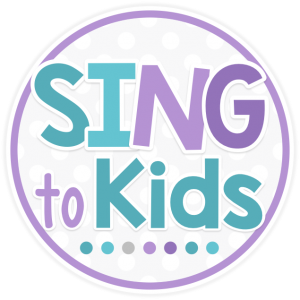

Oh my, it's only week 3 and I let them sing the resting tone yesterday! Am I too early?! Seriously, I started doing this a few years ago, and since then I consistently have more of my kindergarteners singing with beautiful voices and matching pitch than ever before. You can often pick out the "move-in kids" in the older grades who didn't have this experience just by listening to the group sing. It's radical, but I do love the results! Thanks for posting!
I try to do 2-3 weeks of total silence. Then I do some pre-audiation type things… stepwise melodic patterns, v-i, that sort of thing. I don't ask or tell them to echo me. I just leave space. I let them babble a bit and play with the music. If my classes are small enough, I move around the middle of the circle so I can hear individuals and go at their level. Give them about 3 weeks of that. Then I go on to Resting Tone, melodic patterns, maybe short "response" phrases in a call-and-response song. Whole songs? No. After the 5-6 weeks, I might ask if they want to try a song without me, if I think they have it from sheer repetition and if I've heard real singing voice from at least 2/3 of the class.
You are not too early! I think it's about knowing your students and what they need instructionally. I've taught in my district for 15 years and I've found more times than not that my students come with very little music experience/interaction outside of listening to music. Most of my students come to me at or near their musical births and need time to simply acculturate. I can't provide it to them the same way I would if they were in my early childhood music classes, but I can provide some experiences and help guide them to always actively listen (or audiate) before they respond!
It sounds like you have created a sequence that is based on your students' needs and works for you! I always worry when I say my students don't sing the first weeks of school, but they are doing and getting so much more from me! And yes, my students do learn songs from sheer repetition and they do sing those beautifully when they do sing. I think it's because they've had time to really listen to what singing sounds like and they've begun the audiation journey!
Can you go into detail about what kind of activities you use to have the kindergarteners sing the resting tone? How does that work?